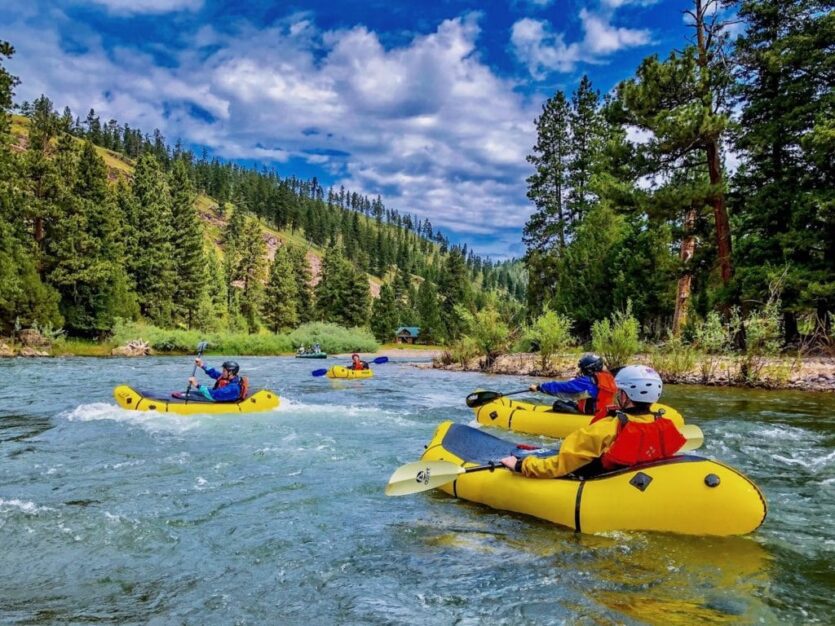
Understanding river flow isn’t just a skill for advanced paddlers, it’s a safety cornerstone for anyone embarking on a long-distance kayak trip. The movement of water determines everything from speed and navigation to where danger might lie beneath the surface.
Inexperienced kayakers often underestimate the complexity of reading currents and water levels, leading to avoidable accidents or exhaustion.
Learning how rivers behave allows paddlers to anticipate changes, conserve energy, and choose the right equipment and timing for safer and more enjoyable journeys.
Jump To A Section
Reading the River ─ Why Flow Knowledge Matters
A river is alive, constantly moving, shifting, and reshaping its course. Flow rate determines the rhythm of a kayaking trip, affecting how much control the paddler has and how fast or slow they travel.
When flow is high, rapids become more forceful, debris moves faster, and maneuvering requires greater strength and technique. When it’s low, exposed rocks and shallow sections can damage kayaks or halt progress entirely.
Key factors to assess before any trip:
- Cubic feet per second (CFS) ─ Measures how much water passes through a point – high CFS means faster flow.
- Water level ─ Influences the visibility of hazards and navigable routes.
- Recent rainfall or snowmelt ─ Can drastically alter flow conditions within hours.
Accurate flow knowledge helps kayakers match their skill level to river conditions, reducing risk and improving confidence.
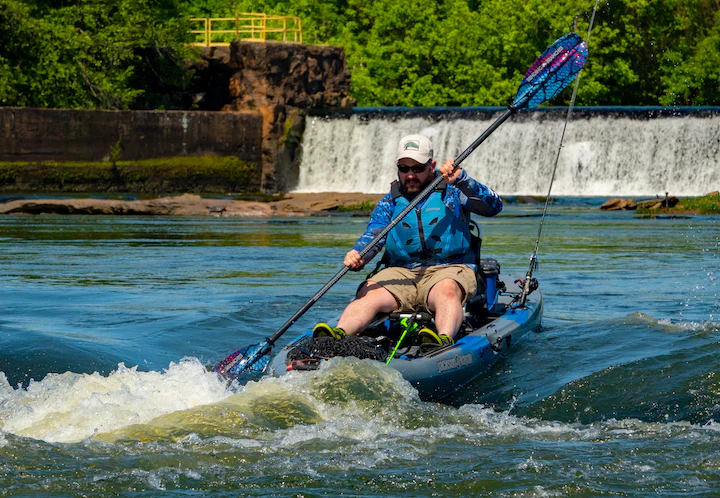
Tools and Data for Tracking River Flow
Modern kayakers have access to real-time flow data through apps and monitoring stations. These digital tools allow paddlers to check water conditions days or even hours before departure. Many platforms rely on data from hydrological services, local weather stations, and crowd-sourced reports.
When reviewing data online, it’s important to rely on verified and trustworthy platforms. For those who spend time searching for reliable information online, using a chatgpt detector can help confirm that the text sources you’re reading are genuinely human-written and not generated automatically, ensuring your safety decisions are based on authentic, expert insights.
Did you know?
Some experienced kayakers use river gauges the same way pilots use wind reports. A slight variation in flow rate can completely change the difficulty class of a section of the river.
Understanding the Water Currents
River reading goes beyond numbers. Visual cues are equally vital. By studying how the surface behaves, kayakers can spot underlying turbulence or hidden traps.
Common flow patterns to recognize:
- Eddies: Calm zones behind rocks or bends where water flows upstream, useful for rest or recovery.
- Standing waves: Stationary waves formed by obstacles; safe for play if conditions allow.
- Strainers: Partially submerged branches or debris that can trap kayaks and cause serious danger.
- Hydraulics (holes): Reversing currents formed by sudden drops that can flip or hold a kayak.
Knowing these patterns transforms kayaking from reactive paddling into strategic movement, where every decision is made in rhythm with the river.
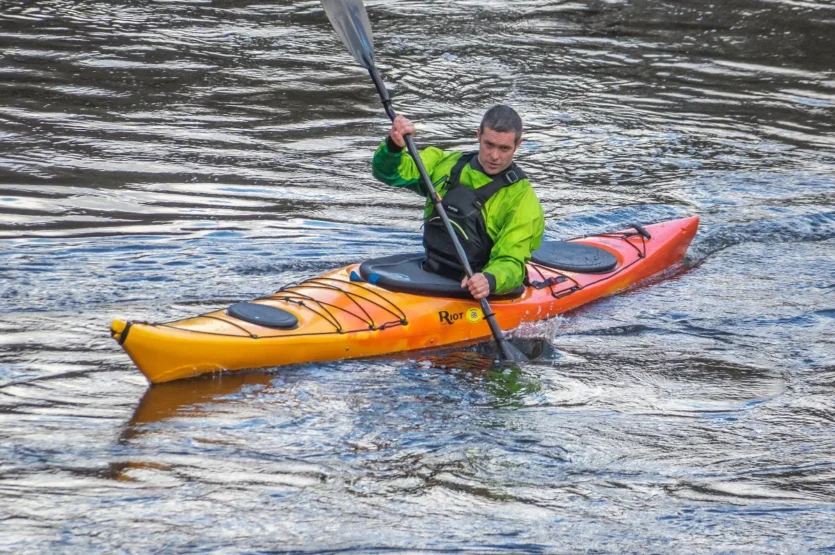
Recognizing Environmental and Seasonal Impacts
Rivers are influenced by weather, geography, and human management. Understanding these variables ensures preparedness for unexpected changes during long-distance trips.
Main environmental influences:
- Seasonal snowmelt: Rapidly raises water levels in spring.
- Drought or dry spells: Lower water can expose hidden rocks.
- Dam operations: Artificially alter flow rates without warning.
- Temperature fluctuations: Affect water density and current speed.
Always check regional river forecasts before setting off. Hydrological data often include predicted flow changes several days ahead, helping you plan safe campsites and crossing times.
Safety Strategies Based on Flow Knowledge
Experienced kayakers rarely paddle blind. They apply flow knowledge in real-time to navigate complex conditions safely.
Effective on-water strategies include:
- Entering rapids at the right angle based on visible current direction.
- Using eddies to pause, observe, or wait for teammates.
- Avoiding hydraulics by identifying “V” patterns that indicate drops.
- Adjusting paddle strokes for acceleration in fast-flowing sections.
Learning to read and react to these signals builds instinct, a form of safety intelligence developed only through observation and practice.
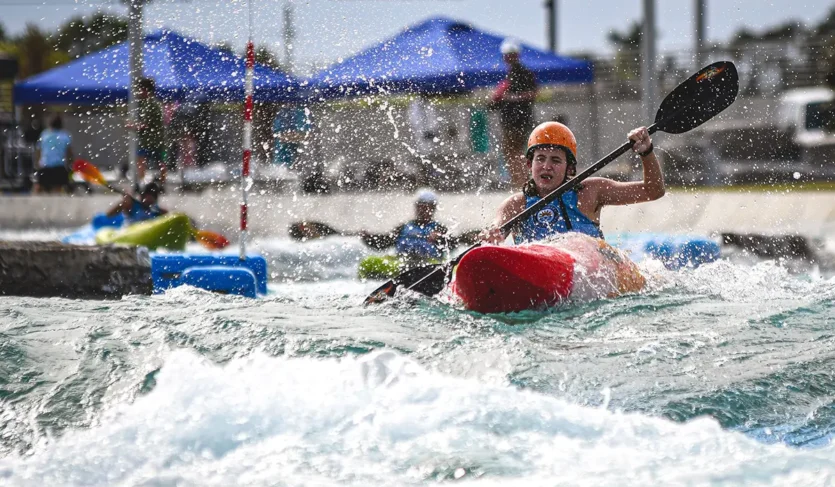
Hydrological Maps and Local Expertise
Long-distance kayakers often rely on topographical and hydrological maps that indicate river depth, gradient, and flow zones. These maps are especially valuable for remote expeditions where real-time data might be unavailable. Combining them with local insights adds an extra layer of protection.
Interesting fact:
The U.S. Geological Survey (USGS) operates over 10,000 river monitoring sites, many of which share flow data publicly, allowing paddlers to plan trips down to the hour of optimal water movement.
Consulting with local guides can also reveal less-documented hazards such as shifting sandbanks or newly fallen trees that could obstruct your route.
Training to Improve River Awareness
River awareness is a skill that improves with experience and practice. Taking part in river safety courses, joining local kayaking clubs, or participating in guided expeditions are excellent ways to strengthen this knowledge. Courses often combine classroom hydrology with hands-on drills that teach how to read water speed, avoid strainers, and perform rescues.
Practical training topics often include:
- Basic hydrodynamics and current prediction.
- Swift-water rescue and throw-rope techniques.
- Reading aerial maps for flow and depth.
- Equipment checks for specific flow conditions.
Consistent exposure to varied rivers helps kayakers internalize flow behavior, improving reaction times and safety instincts.
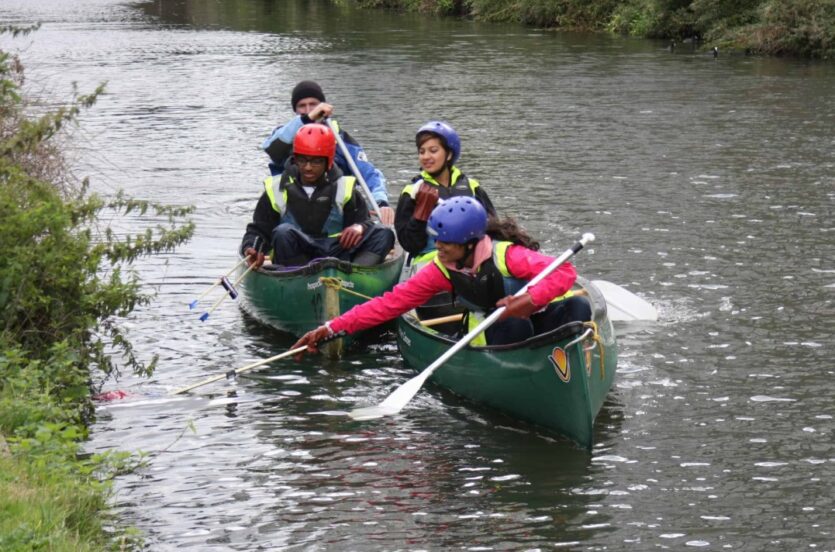
Balancing Risk and Enjoyment
Every river presents a different personality. The thrill of long-distance kayaking lies in harmonizing with its flow rather than fighting against it. Understanding how water behaves under changing conditions doesn’t remove adventure, it enhances it by keeping the paddler informed and in control.
By mastering river flow knowledge, kayakers gain freedom to travel farther, push limits responsibly, and fully experience the serenity that open waters offer.
Conclusion
River flow knowledge turns kayaking from a simple outdoor activity into a calculated, mindful sport. It ensures safety, maximizes performance, and builds deep respect for natural forces.
The best paddlers aren’t those who fight the river but those who read it like a map, anticipating every shift, every ripple, every pulse. Before your next long-distance trip, take time to study the water’s rhythm. The river always speaks. Safety comes from learning how to listen.


